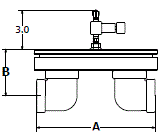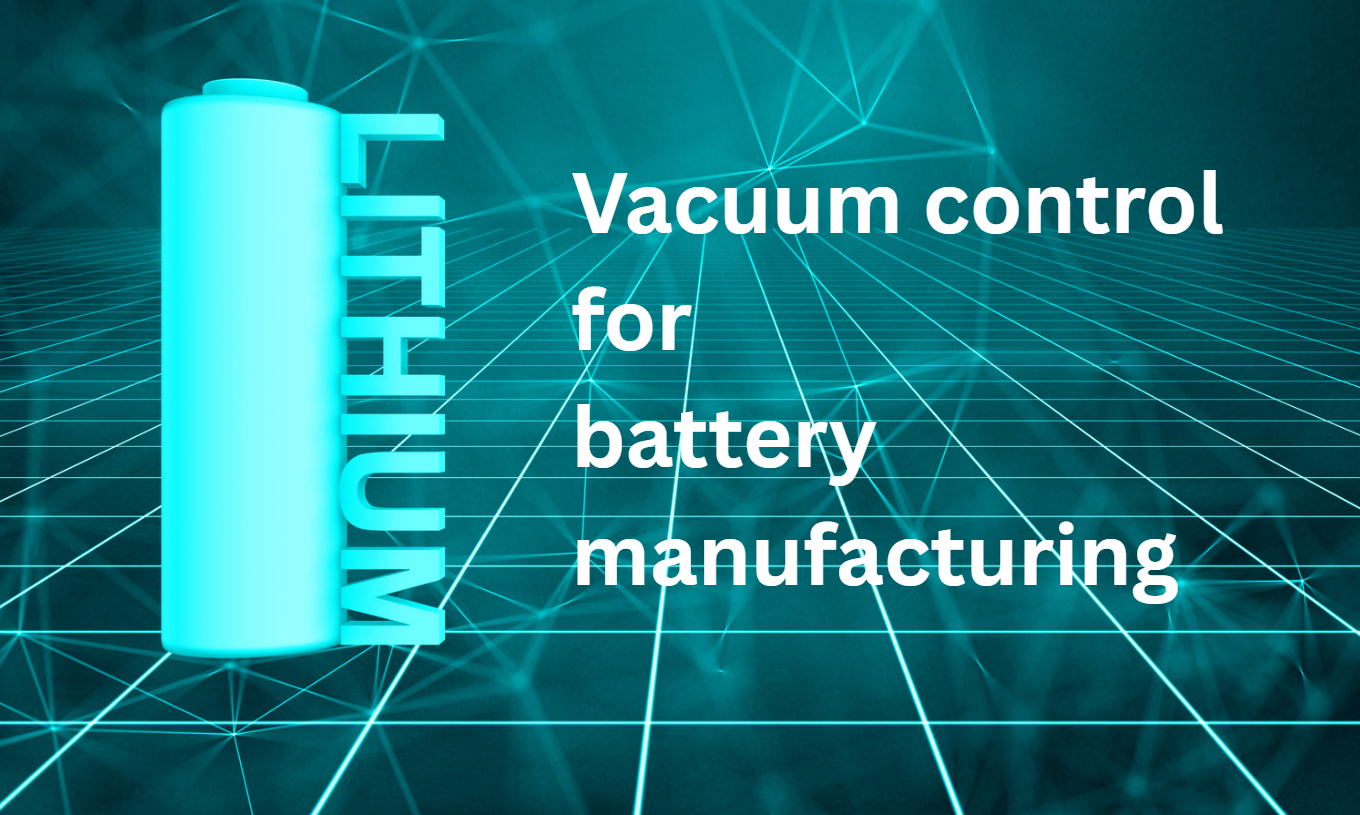Precision High Flow Vacuum Valves
Equilibar’s precision high flow vacuum regulating valves offer unique performance advantages for pipe sizes up to 4″ in size.
Equilibar’s patented technology offers lightning-fast response that is mechanically native, with zero hysteresis or deadband. Equilibar precision vacuum regulators work differently with a flexible diaphragm as the only moving part. This diaphragm directly seals against the internal valve orifices, eliminating the “stiction” commonly found in traditional vacuum control valves with dynamic O-ring or wiper type seals. The Equilibar design is frictionless and can control vacuum with very high resolution. Learn more about how they work.
Our precision high flow vacuum valves are available in sizes ranging from 1 1/2″ to 4″ with material options of stainless steel 316/316L, anodized aluminum or PVC depending on the application requirements for temperature and chemical resistance. Each EVR is delivered with a manual pilot setpoint regulator for convenient knob adjustment.
- For smaller sizes, see our Precision Vacuum Regulators for Lower Flow Rates.
- For computer automated vacuum regulators, see our Electronic Vacuum Regulators page.
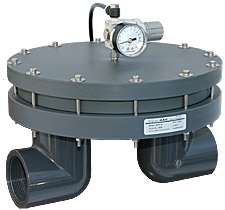
Equilibar 4″ EVR-BD32 vacuum regulator with PVC body and manual pilot setpoint control
Details about the Precision High Flow EVR series are tabulated below. Contact an applications engineer for more assistance.
Metallic High Flow Vacuum Valve Details
| Model | Inlet / Outlet Port | Reference Port | Body Materials | Diameter (Dim A) | Height* (Dim B) | Cv Range (Precision) | Available End Fittings | ||
|---|---|---|---|---|---|---|---|---|---|
| (inch) | Min | Max | Std | Available | |||||
| EVR-BD12 | 1.5″ | 1/8″ | SS316 (SS) Anodized Aluminum (AA) | 7.6(SS) 9.5(AA) | 3.7(SS) 3.9(AA) | 1E-2 | 13 | NPT | BSPP; ANSI Class 150 Flange; SAE |
| EVR-BD16 | 2″ | 11(SS) 9(AA) | 4.1(SS) 4.3(AA) | 3E-228 | 28 | ||||
| EVR-BD24 | 3″ | 1/4″ | 13(SS) 12.5(AA) | 5.3(SS) 5.9(AA) | 6E-1 | 60 | |||
| EVR-BD32 | 4″ | 20 | 8.1 | 1.5E-1 | 160 | ||||
| *Height is measured from top surface of regulator to the center of pipe elbow. Does not include 3″ manual set point regulator. | |||||||||
Polymeric High Flow Vacuum Valve Details
| Model | Inlet / Outlet Port | Reference Port | Body Material | Diameter | Height* | Cv Range (Precision) | Available End Fittings | ||
|---|---|---|---|---|---|---|---|---|---|
| (inch) | Min | Max | Std | Available | |||||
| EVR-BD12 | 1.5″ | 1/8″ | PVC | 9 | 4.3 | 1E-2 | 13 | NPT | BSPP; ANSI Class 150 Flange; SAE |
| EVR-BD16 | 2″ | 11 | 5.1 | 3E-2 | 28 | ||||
| EVR-BD24 | 3″ | 1/4″ | 15 | 8.8 | 6E-1 | 60 | |||
| EVR-BD32 | 4″ | 20 | 9.6 | 1.5E-1 | 160 | ||||
| *Height is measured from top surface of regulator to the center of pipe elbow. Does not include 3″ manual set point regulator. | |||||||||
Other Equilibar Vacuum Control Products:
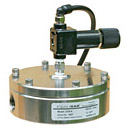 High Precision Vacuum Regulators
1/4" to 1"
0 - 30 inHg / 762 mm Hg
High Precision Vacuum Regulators
1/4" to 1"
0 - 30 inHg / 762 mm Hg
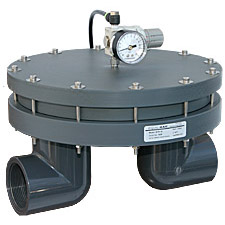 High Flow Vacuum Valves
1.5" to 4"
0 - 30 inHg / 762 mm Hg
High Flow Vacuum Valves
1.5" to 4"
0 - 30 inHg / 762 mm Hg
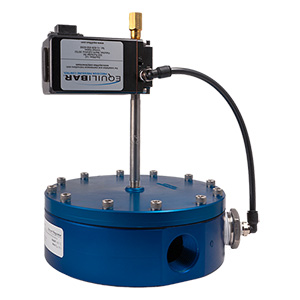 Electronic
Vacuum Regulators
1/4" to 1"
0 - 30 in Hg / 762 mm Hg
Electronic
Vacuum Regulators
1/4" to 1"
0 - 30 in Hg / 762 mm Hg
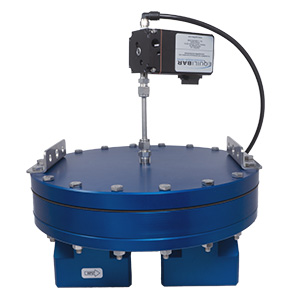 Larger Electronic
Vacuum Valves
1.5" to 4"
0 - 30 in Hg / 762 mm Hg
Larger Electronic
Vacuum Valves
1.5" to 4"
0 - 30 in Hg / 762 mm Hg
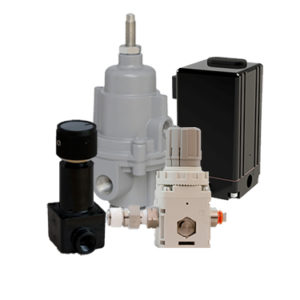 Vacuum
Pilot Regulators
mechanical, electronic
and remote sensing
Vacuum
Pilot Regulators
mechanical, electronic
and remote sensing
Videos about Precision Vacuum Regulators
This video shows how the Equilibar vacuum regulator maintains high accuracy and resolution even as the supply vacuum pressure changes and system flow varies from high flow rates to low flow rates.
To learn more about the high speed vacuum control, follow this link.


